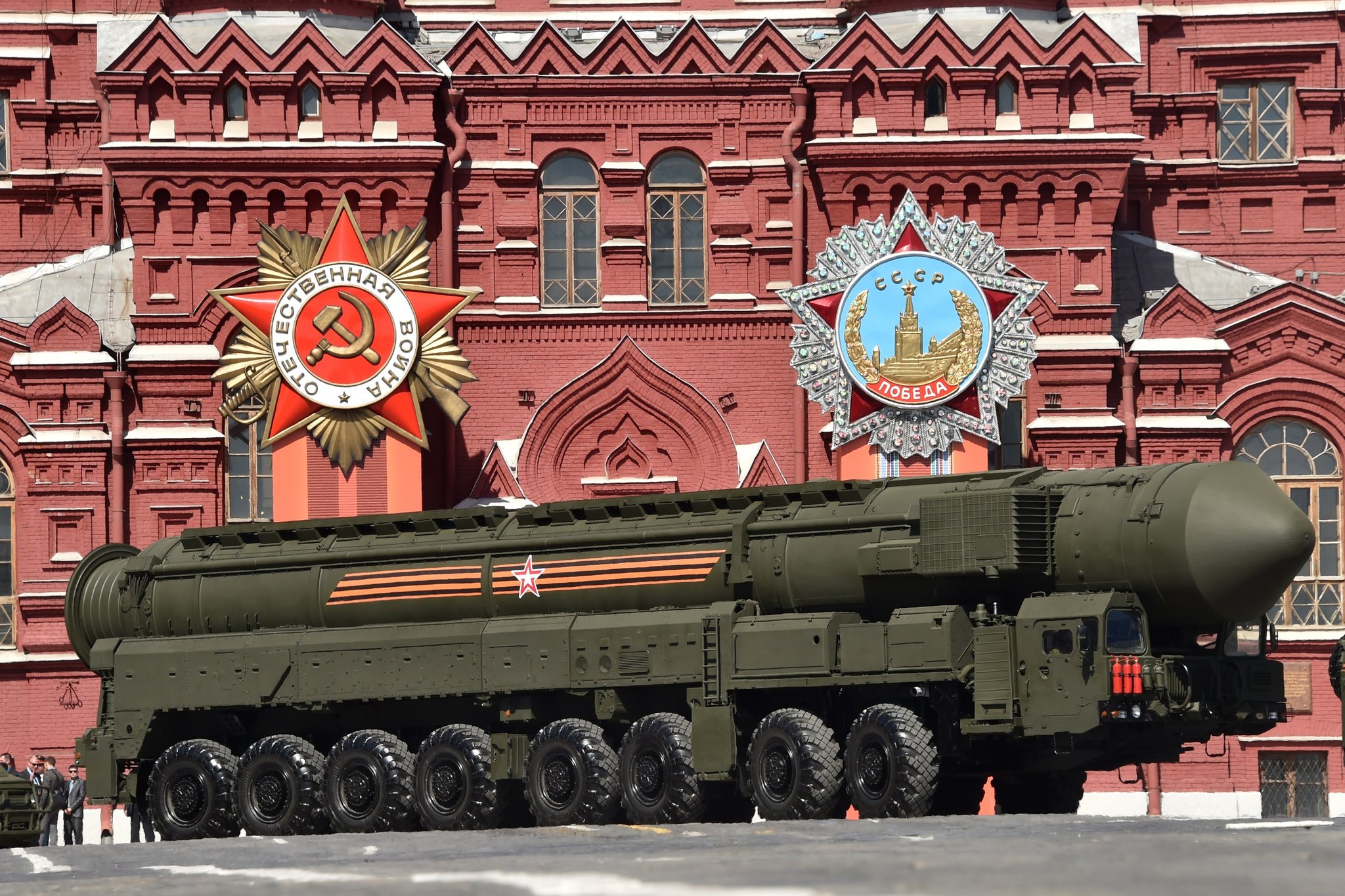AMAZON PRIME AIR DRONES CRASH IN ARIZONA, PROMPTING NEW QUESTIONS ON URBAN DRONE SAFETY

What happened in Tolleson and why it matters
Two Amazon Prime Air delivery drones crashed in Tolleson, Arizona, after reportedly striking a construction crane near a distribution corridor on the city’s west side. Local officials said the incidents occurred within a short window on Thursday morning, about two miles from a fulfillment facility that has been part of Amazon’s expanding same-day logistics network. No ground injuries were reported, and there was no residential property damage. Investigators are now looking at flight-path planning, obstacle-mapping accuracy, and whether temporary crane height extensions were updated in the drone’s digital “notice to air missions” data. The Federal Aviation Administration (FAA) and local first responders cordoned off the site, while Amazon recovered debris for internal analysis. Prime Air’s Tolleson test area blends warehouse traffic, arterial roads, and construction zones—conditions that mirror the real-world complexity Amazon must master to scale aerial delivery. For the broader industry, the crashes revive core questions: how to ensure accurate, up-to-the-minute obstacle databases, how to design fail-safe descent profiles over non-residential space, and how pilots (or autonomy) should respond when detect-and-avoid systems are saturated by reflections from steel structures. Amazon said it is cooperating with authorities and reiterating its commitment to safety, reliability, and community transparency.
Safety protocols, regulatory scrutiny, and next steps
In the near term, Tolleson’s city planners and construction firms are expected to review crane-notification routines so height changes propagate rapidly into airspace maps used by operators. Amazon’s internal review will likely evaluate redundant lidar/camera fusion at low altitude, tighter geofencing around dynamic work sites, and whether to expand “no-fly” buffers near cranes, towers, and billboards. The FAA could request a stand-down for similar routes while it reviews telemetry, collision-avoidance logs, and any radio-frequency interference that may have degraded sensors. Industry peers will watch whether Amazon adjusts operating envelopes—wind limits, approach angles, and descent speeds—before resuming regular sorties. Insurers and municipalities may push for clearer standards on real-time work-zone data feeds so temporary structures appear in flight software within minutes, not hours or days. For residents, the lack of injuries will be welcome news, but public acceptance hinges on visible safeguards: audible pre-landing alerts, defined corridors over non-residential strips, and community reporting lines for near-misses. If Amazon can demonstrate improved resilience to fast-changing urban obstacles, the setback could ultimately strengthen the case for limited drone delivery in dense suburbs, where the payoff—fewer van trips, faster meds and essentials—remains significant.





















